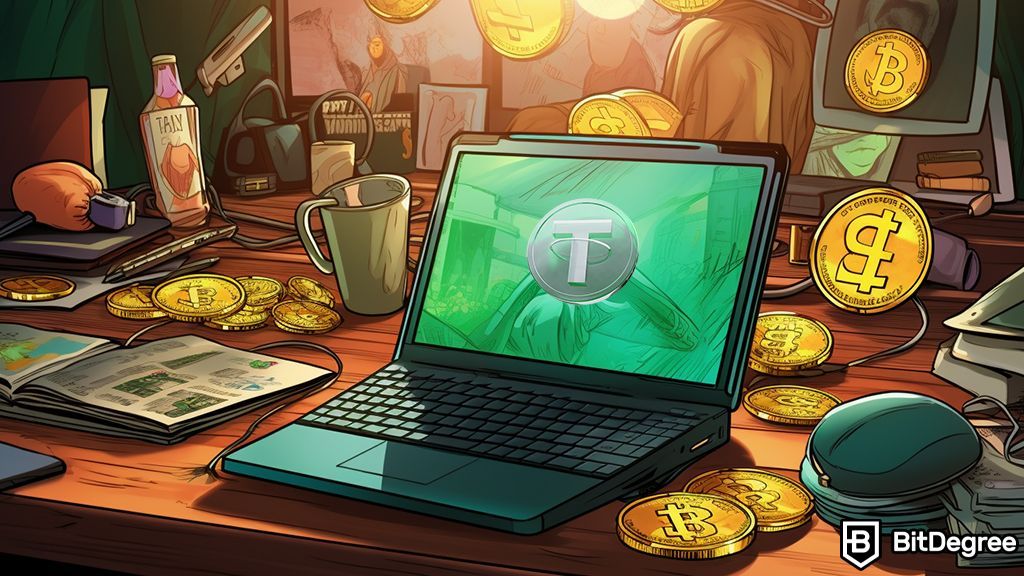A new era of cheap cryptocurrency trading?


- Ethereum users are pleased to see a sharp drop in gas fees as the network experiences its lowest point since early 2020. This leads to much cheaper deals, making the platform more accessible to regular users and developers.
- But experts warn that this fee fest could be temporary, raising questions about the long-term health of the network.
- The recent Cancun-Deneve upgrade is evaluated as having played a role in optimizing network efficiency. Additionally, the overall downturn in network activity coincides with a period of calm in the broader cryptocurrency market.
Ethereum gas fees have hit record lows since early 2020, making transactions cheaper and the platform more accessible. But experts warn this could be temporary, raising questions about the long-term health of the network.
Ethereum gas price has hit bottom.
Intraday gas prices are down 93% from a high of $30 just six months ago, according to data from BitInfoCharts. This means significant cost savings for various activities on the Ethereum blockchain. A simple asset swap now costs around $5, while minting an NFT costs around $9, making it a much cheaper endeavor. This newfound affordability is the result of a combination of factors. The recent Cancun-Deneve upgrade is evaluated as having played a role in optimizing network efficiency. Additionally, the overall downturn in network activity coincides with a period of calm in the broader cryptocurrency market.
While this is helpful for users, it is a challenge for miners.
While users welcome lower fees, concerns remain about the long-term sustainability of this trend. A near-zero “blob fee” means there is insufficient demand for block space, raising concerns about future congestion and fee surges. Additionally, low fees may negatively impact the profitability of miners securing the Ethereum network. According to analysts, this situation is a double-edged sword. Low fees are good for users, but they can hinder decentralization by making it more economical for large players to dominate block space.
The quest for scalability: introducing multidimensional gas
Recent gas fee developments highlight ongoing efforts to optimize Ethereum’s scalability and economics. In response to these challenges, platform founder Vitalik Buterin proposed an important upgrade that introduces the concept of “multidimensional gas.” This upgrade aims to provide Ethereum with greater flexibility in managing various resources. By taking a more nuanced approach to resource allocation, networks can potentially improve transaction throughput without compromising security.
Preview: Will Ethereum Maintain Momentum?
The sharp drop in gas prices has been a welcome respite for Ethereum users. However, the long-term viability of these low fees remains uncertain. The network’s ability to handle future surges in demand and maintain a healthy balance between user experience, miner profitability, and decentralization will be critical to its continued success. The proposed multidimensional gas mechanism embodies ongoing efforts to address these issues. As the Ethereum ecosystem continues to evolve, its ability to adapt and innovate will determine its place in the ever-changing blockchain technology landscape.
conclusion
The significant drop in Ethereum’s gas fees is welcome for users, but its sustainability is uncertain. The future success of the network will depend on its ability to balance user experience, miner profitability, and decentralization. The proposed multi-dimensional gas mechanism is a step towards addressing these challenges and will play an important role in Ethereum’s place in the evolving blockchain landscape.
Source: https://en.coinotag.com/ethereum-eth-sees-remarkable-93-drop-in-transaction-fees-a-new-era-of-affordable-crypto-trading/



